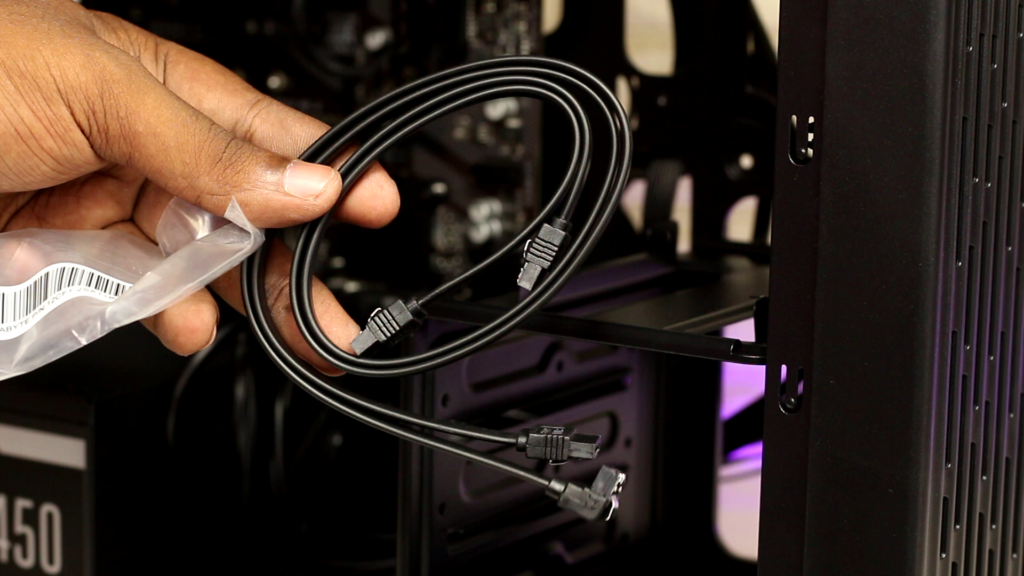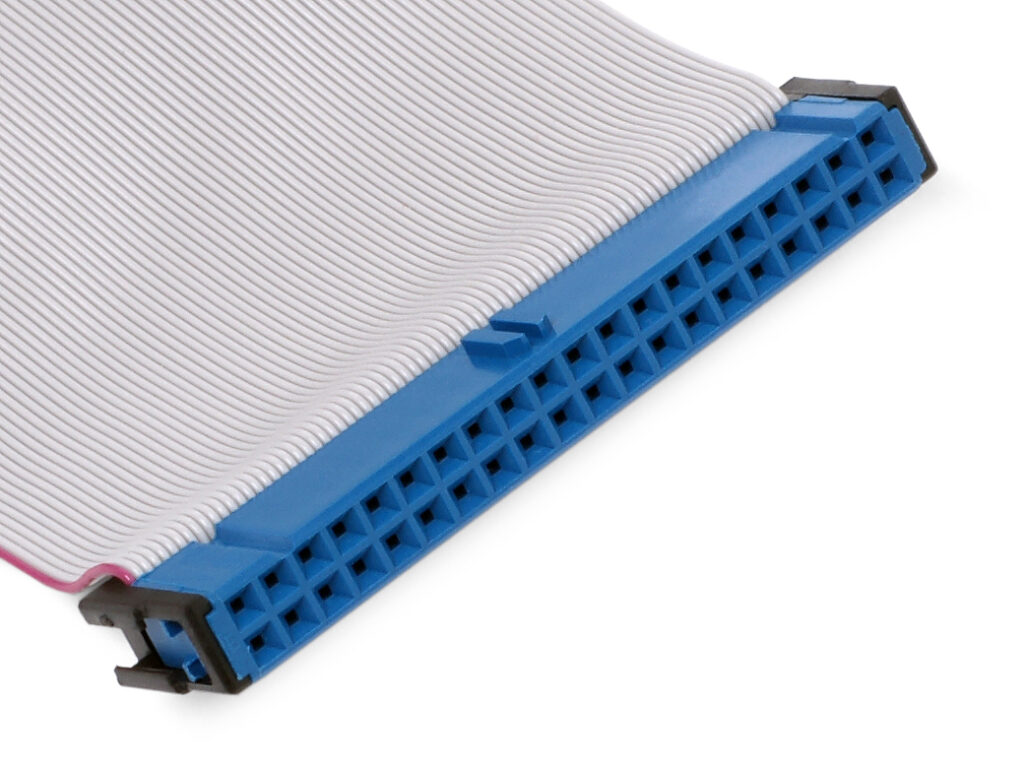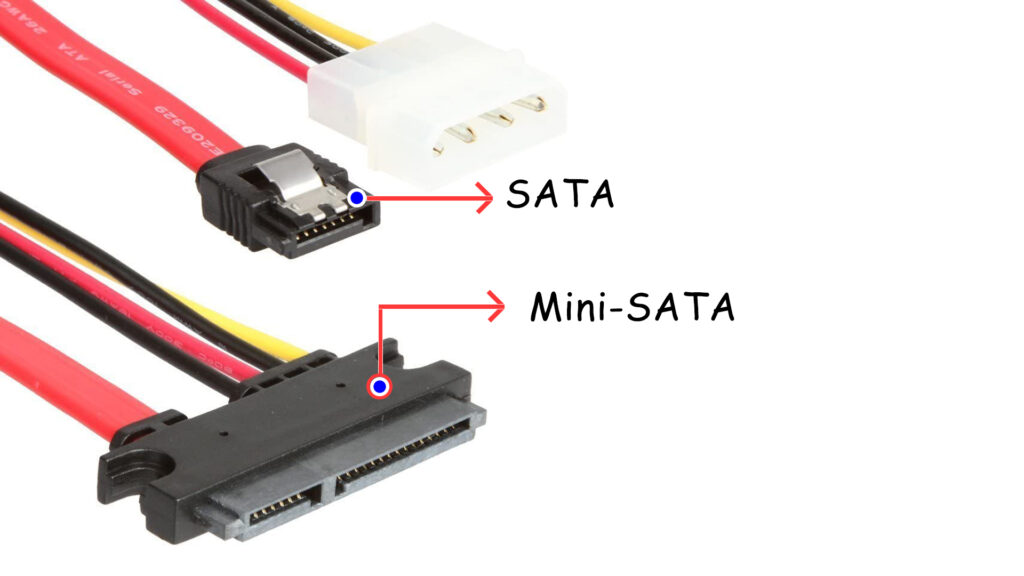It has been over a decade since we have started using Serial ATA (SATA). By replacing an old & bottlenecked interface called Parallel ATA (PATA), SATA hit the market and rightfully earned its place. Nowadays, it’s very rare to notice PATA on any motherboard. Being a pretty old interface, SATA is not there where it was firstly introduced. Several developments have been done and continued on SATA and as a result, we have got many different revisions of this interface. Every revision has its own different features and properties. Its true that Parallel ATA have been abandoned but still people become confused between SATA and PATA. So, in this article, not only we will discuss about Serial ATA (SATA), its features and different revisions but also, we will talk about all the major differences of SATA Vs PATA.

SATA Is Worthy Enough to Replace PATA!
This is a very interesting question among computer enthusiasts. SATA was originally announced in 2000. In 2003, it was started to implement on the motherboard with its first ‘Revision 1.0’. Frankly, it provides several much better advantages than the old Parallel ATA interface such as speed, reduced cable size, cost & many more.

Can you imagine that PATA used 40 & sometimes, even 80 conductors to communicate with the motherboard?! Yes, it did but on the other hand, SATA uses only 7 conductors which positively affects the cost to build the new Interface.

Apart from that, this new interface offers “Native hot swapping”, faster data transfer through higher signal rates (PATA Maximum data transfer rate: 135MB/s), and more efficient transfer through an (optional) “I/O queuing protocol”. In case of PATA, because of the massive cable width, the interface desperately blocked the air inside the computer cabinet.

Just imagine, a user who uses 3 PATA drives in his/her computer system. Now guess what, there is very small room left for the air to flow properly inside the chassis which badly affects the system temperature and its life.

Apart from the data, PATA drives also required power to work with so many cables. Although SATA needs it too because of the width of the data cable, SATA does less cable clatter than SATA. In terms of power, PATA used a ‘Molex’ connector which possesses two voltage rails; 5V & 12V. SATA, however, uses the same voltage rails but because of its connector (SATA Power Connector), its pin configuration is a little bit different.

[Fun fact, before SATA, PATA was originally called ‘ATA’ AKA ‘IDE’.]

All the SATA Revisions Explained!!
As we have earlier mentioned the fact that SATA is not there where it was born instead there are several improvements that have been done and as a result, we have got many revisions of this Interface. Every revision is better than the previous one and most importantly, all of them are way better than PATA.
Read More: TV Vs Monitor: Which One Should Be Picked?
SATA Revision 1.0
By removing the hard drive bottlenecking, SATA Revision 1.0 was firstly seen on the consumer-grade motherboard. Actually, before introducing Serial ATA, we have achieved the maximum speed of PATA which is 135 MB/s securely that means without corrupting any data during the transmission whereas SATA Revision 1.0 provides a maximum theoretical speed of 150 MB/s. But the problem with this interface is its connector which is very weak and can easily break or get loose from the socket although this problem has been solved in its next revisions. SATA Revision 1.0 is somewhat able to decrease bottlenecking but its future revisions are much better than that.

SATA Revision 2.0
SATA Revision 2.0 provides double speed than its previous version which means a maximum speed of 300 MB/s is provided by this interface. This interface supports NCQ (Native Command Queuing) unlike SATA Revision 1.0. With the help of NCQ technology, drives can accept multiple commands in a single time and decide what command it can execute first. This technology not only improve the performance of the HDD but also it increases the lifespan of the HDD.

There is one condition which is; both the interface and the drive should support NCQ otherwise this technology will not work. So, from SATA 2.0, the implementation of NCQ has been started. SATA Revision 2.0 interface is backward compatible so it supports the SATA 1.0 cable.

SATA Revision 3.0
Nowadays most of the motherboards in the market have SATA Revision 3.0 as it’s the most efficient and fastest interface. It provides a maximum theoretical speed of 600 MB/s which is double than its previous counterpart SATA 2.0 and quadruple than SATA Rev 1.0!

The connector of this interface has a locking mechanism which makes it safer to use than the other versions. Just like the previous version SATA 2.0, this interface also has the support of NCQ technology and this interface is backward compatible too.

Many people ask this question that if SATA 3.0 is really necessary for your storage devices. If we are talking about hard drives then, frankly speaking, you don’t need a SATA 3.0 interface because even a 7200 RPM hard disk possesses a maximum speed of 200 MB/s so, in that situation, SATA 2.0 will be more than enough. But, on the other side, in the case of SSDs, you do need SATA 3.0 because today’s most quality SSDs come with 500 MB/s transfer speed.

Other Revisions of SATA!
There are many more SATA Revisions launched in the market apart from these three popular ones. Those revisions are SATA 2.6, SATA 2.8, SATA 3.1, SATA 3.2, SATA 3.3, SATA 3.4, etc. As they are not so popular among the users, we do not need to know much about them but if you want then read on Wikipedia.
Connectors of SATA
Basically, till now the connector we have mentioned is SATA’s standard connector but in case of laptops, we use mini-SATA connector for hard drives.

For the optical drives though, generally SATA’s ‘Slimline Connector’ is used. In that case, on the power connector, 12 Volt rail is not available there rather only 5 Volt rail is provided on the connector.

SATA: Faster & More Efficient!
So, why & how does SATA achieve so much speed?! The answer behind this mystery is simple yet interesting. SATA uses serial communication to transfer data but PATA however uses parallel communication that’s why PATA needs more cables to transfer data. Apart from that, on parallel communication, ‘crosstalk’ AKA interference drastically increases so transferring huge amount of data at a single time creates very high risk of data corruption.

On the contrary, as SATA uses serial communication so that by increasing frequency, we can easily send more and more amount of data from storage to motherboard or vice versa and most importantly, chances of data corruption will be pretty low too. So, you can see how good SATA really is in terms of performance & speed!

Want to know more about PATA Vs SATA 1 Vs SATA 2 Vs SATA 3 in Hindi, Watch the Video below…
Therefore, we hope you really have understood & enjoyed our article about SATA Vs PATA. If so then don’t hesitate to express your valuable thoughts in the comments section. Thanks for visiting & appreciating our work.

